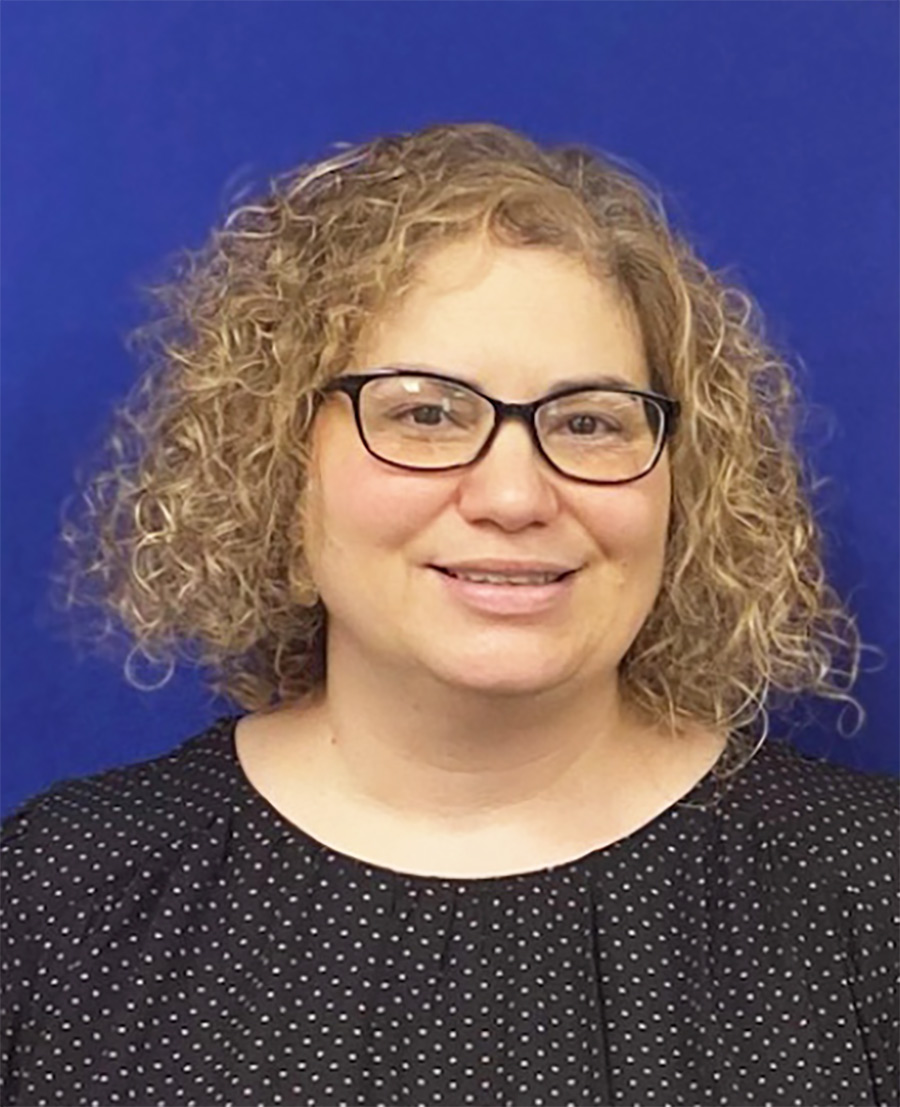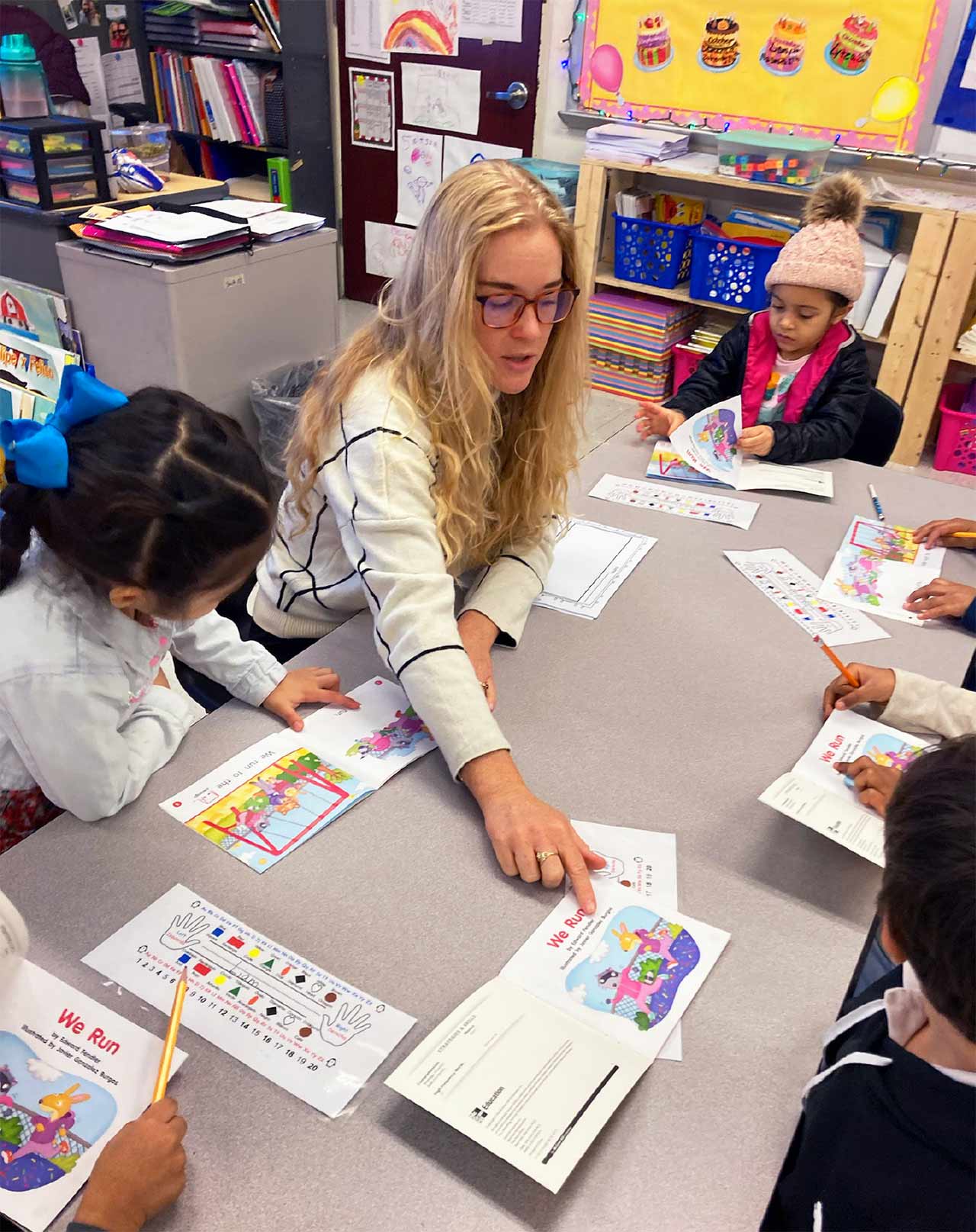NY schools a refuge for migrant students
hen major events make waves in other parts of the world, Trisha Rosokoff feels the ripples in her first-grade classroom.
The Buffalo teacher has spent 22 years in the city’s International School #45. This year, 12 languages are spoken among her 24 students, ranging from East Africa’s Mai-Mai to Bengali to Spanish. Some have had access to pre-K and kindergarten; others have not. Some have come with families looking for new opportunities in America; others are refugees forced from war-torn areas.
Rosokoff, a Buffalo Teachers Federation member, is one of thousands of educators in any given year who find themselves part of the frontline care team for migrant students. It’s a job she relishes.
“It’s hard, I’m not going to lie,” Rosokoff said of teaching students who speak languages that in some cases even Google Translate can’t help with. “But it’s very rewarding.”

Educators have responded, as they always do, with compassion and professionalism.
“The teachers really have been stepping up,” state Sen. Jessica Ramos of Queens recently told Gothamist.
Rosokoff’s school has things down to a science. The elementary school represents 70 countries and 40 languages, according to the district. Students are paired up in their homerooms so those who speak the same language can sit together. Rosokoff tag-teams ELA instruction with ENL teacher Gabrielle Lockwood. Teacher aides who speak a variety of languages are used throughout the school, with a focus on pre-K, kindergarten and special education classes. And then there’s a variety of translation programs and simple visuals used for both teaching and simple communication.

Still, challenges persist. Amid larger scale staff shortages, a lack of ENL teachers is hitting schools like Rosokoff’s hard. There are just 15 for a student body of 1,100, five ENL teachers short of their staffing plan.
“You can go to college to become a certified bilingual Spanish teacher, but if someone wanted to go to college to become a certified bilingual teacher in Karen or Karenni, no programs exist,” she said. “Universities need to have more diverse language programs for bilingual degrees, or maybe an alternate pathway that is a little easier for someone to get certified in one of these languages.”
Within these communities, there certainly are those who want to make an impact. One of Eghigian’s former ENL students, Natasha Muñiz, now works as a parent liaison in Utica. When she arrived in Utica from Puerto Rico in third grade, Muñiz barely spoke English. She credits Eghigian with helping her get on track to test out of ENL courses just before entering middle school.
Having a teacher in her corner as a newcomer was profound.
“If it wasn’t because of her, I feel like I would have gotten bullied for not being able to speak and understand the language,” Muñiz said. “When I got here, people looked at me differently. But she is very patient with everybody. If it wasn’t for that, I don’t think I would have learned.”